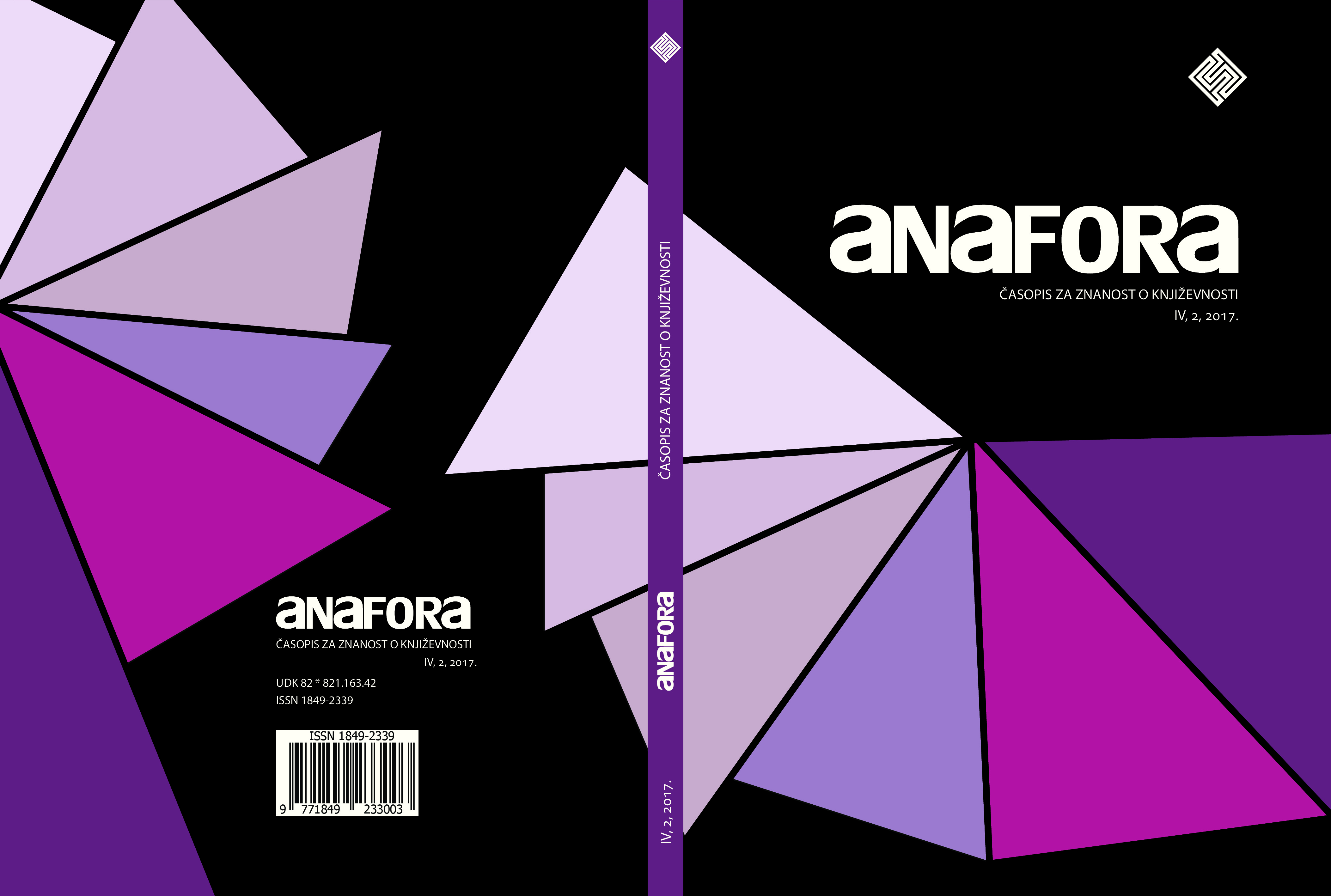From “Crash!” to Crash: Adapting the Adaptation
From “Crash!” to Crash: Adapting the Adaptation
Author(s): Ljubica Matek, Jelena PatakiSubject(s): Language and Literature Studies, Fine Arts / Performing Arts, Comparative Study of Literature, Structuralism and Post-Structuralism, Film / Cinema / Cinematography
Published by: Filozofski fakultet, Sveučilište Josipa Jurja Strossmayera, Osijek
Keywords: “Crash!”; Crash; J.G. Ballard; Harley Cokeliss; David Cronenberg; adaptation; hypotext; deconstruction; crossmedial; transmedial;
Summary/Abstract: The paper focuses on J.G. Ballard’s various adaptations of his own material related to the issue of the sexual and sensual nature of an automobile crash, and suggests that adaptation is one of the key methods in art and literature which can be used as a means of contemplating and developing various aesthetic and political ideas. Ballard’s short story “Crash!” was first published in the ICA’s (Institute of Contemporary Arts) Eventsheet in February 1969, and later became a chapter of his experimental novel The Atrocity Exhibition (1970). At the same time, Ballard adapts the idea into the “Crashed Cars” exhibition (1970) in London. The short story was then adapted into a short film, Crash!, directed by Harley Cokeliss (1971) and starring Ballard himself, to be finally adapted into the novel Crash (1973). Ballard’s adaptation of his initial ideas across literary forms and media testifies to the importance of adaptation as a process and method of creating art. Thus, rather than suggesting that adaptations merely “breathe life” into the written word, the paper points to the conclusion that the form and content are mutually influential and that, in this case, the novel itself is an adaptation, rather than a hypotext (which it becomes in 1996 to David Cronenberg as he adapts it to film). The complexity of the relationship between the source text and its many adaptations has already contributed to the deconstruction, in Derrida’s terms, of the hierarchy (opposition) between the original and the copy. Rather, Ballard’s crossmedial and transmedial adaptations of his own ideas show how, as Ray would suggest, an adaptation cites the source and grafts it into a new context, giving it a new function, both aesthetic and political.
Journal: Anafora - časopis za znanost o književnosti
- Issue Year: 4/2017
- Issue No: 2
- Page Range: 293-311
- Page Count: 19
- Language: English

